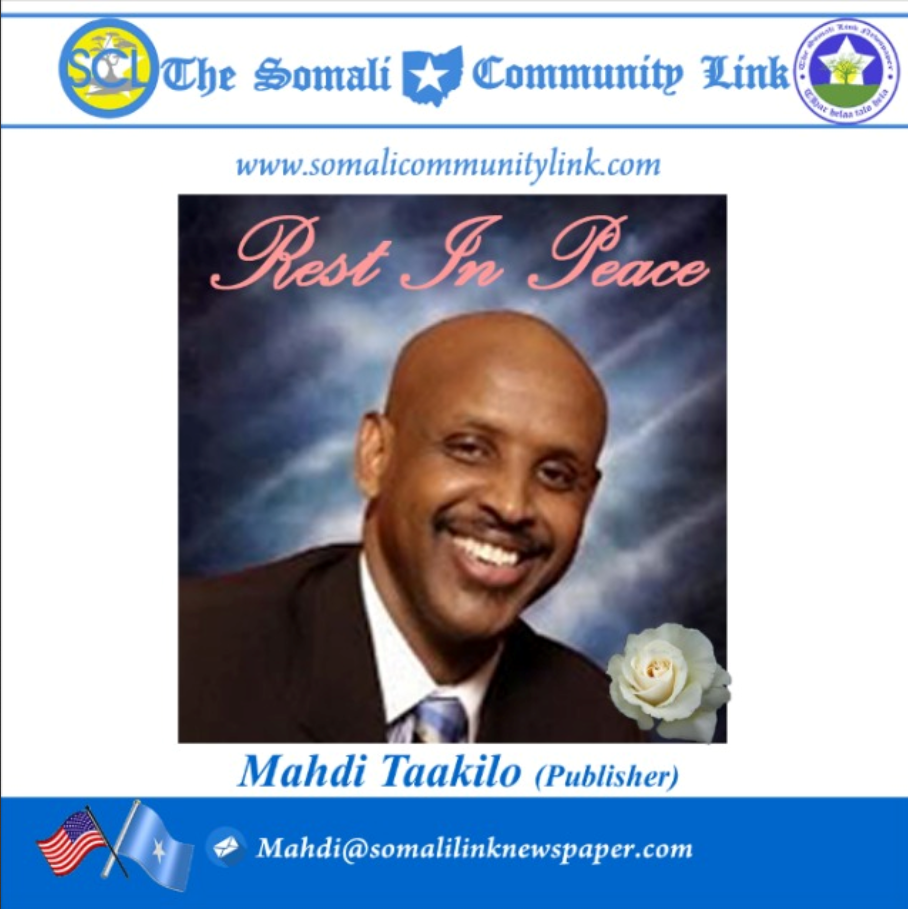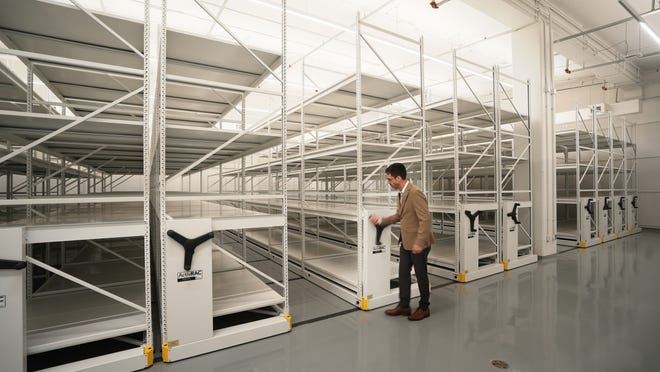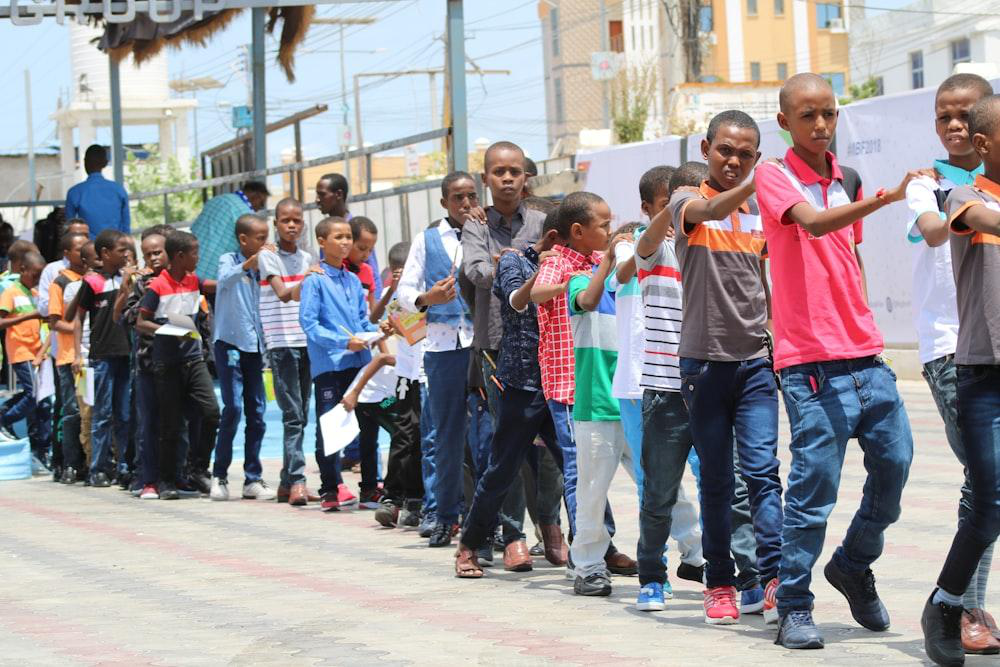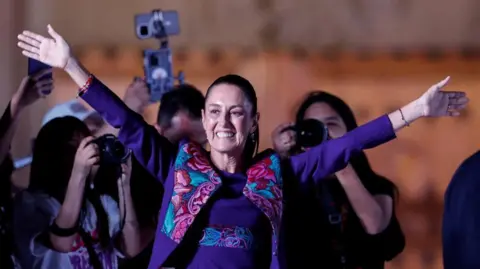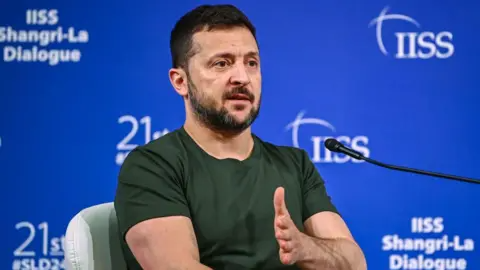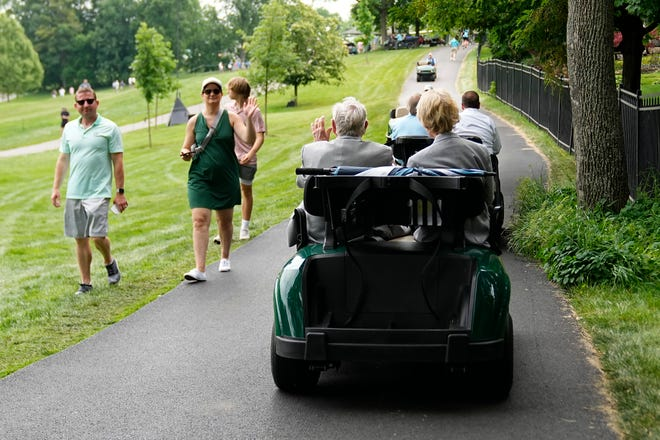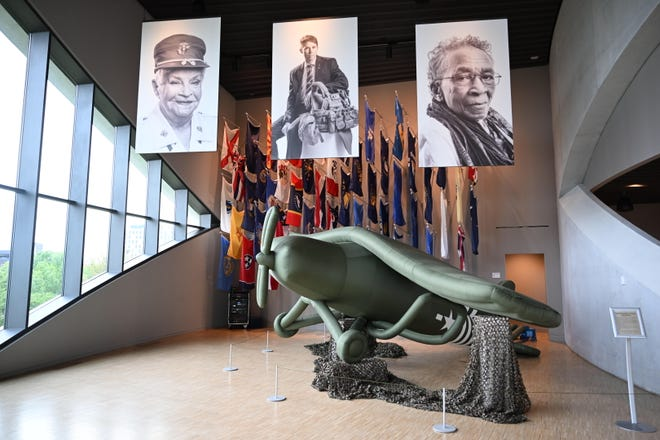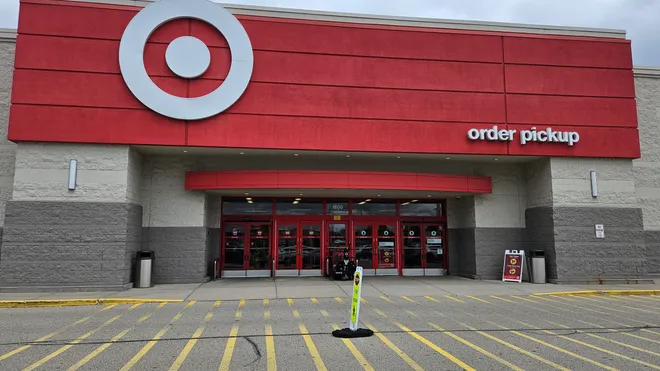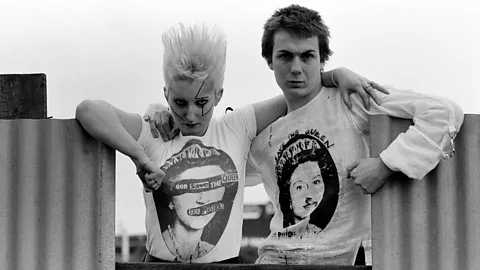More than six years have gone by since Sam Grimsley’s abortion, but the passage of time has not erased the sense of relief she said she still feels that she was able to access such care.
So when the U.S. Supreme Court on June 24 struck down Roe v. Wade, Grimsley, 26, was filled with fear for those whose health and lives she worries may soon be at risk in a state whose lawmakers have long been poised to ban abortion.
Two days after the ruling, Grimsley was among a group of people who gathered to share their personal abortion stories at ComFest as part of an event organized by Women Have Options, a nonprofit organization that provides financial assistance and practical support for patients seeking abortion services. It was Grimsley’s hope that by sharing her story, it would offer comfort to other pregnant people in Ohio who now face an uncertain future, letting them know they’re not alone.
“There have been so many people silenced by the stigma of abortion,” said Grimsley, a Columbus Old North resident. “They can kind of live vicariously through people telling their stories and know they’re not alone.”
More than two weeks since the Supreme Court overturned the landmark 1973 ruling — putting abortion access in jeopardy across many American states for the first time in nearly 50 years — Grimsley and several other Ohioans spoke with The Dispatch about how the decision will alter or could have altered their lives.
Woman still feels relief more than six years after abortion
When the pregnancy test came back positive, Grimsley said she immediately knew what had to be done.
Grimsley was just 20 years old and had been dating a guy who she had only known for about a month when she found out she was pregnant. But Grimsley wasn’t ready for parenthood, nor was she ready to share a lifelong responsibility with a man she barely knew.
After taking the test at work, Grimsley called a friend for a ride home and began researching how to get an abortion. Grimsley, who also uses they/them pronouns, was able to make an appointment at the now-closed Founder’s Women’s Health Center — Columbus’ first abortion services clinic.
But it wasn’t for another two weeks later. And those two weeks, Grimsley said, felt like ages.
There was the pregnancy sickness, the mood shifts and the fear Grimsley felt of walking through a throng of anti-abortion protesters in order to get into the clinic for the procedure.
“It was a lot of feeling like I was in limbo, feeling that I knew that I wanted to terminate the pregnancy, and feeling stuck that I had to continue being pregnant until that time,” Grimsley said. “I was helpless.”
But when the abortion was completed, Grimsley recalled only feeling a wave of relief.
“The decision to have an abortion was an easy decision for me to make. And the relief after the abortion? I still feel that relief six-and-a-half years later,” Grimsley said. “I’ve been happy with my decision ever since.”
It’s a feeling Grimsley fears may soon be out of reach for other pregnant people in Ohio.
In the wake of the Supreme Court ruling, Ohio lawmakers have already taken several steps to severely curtail access to abortion services in the state. Grimsley was eight weeks pregnant by the time she got an abortion, a procedure that may now be illegal after a federal judge lifted a three-year injunction on a 2019 state law banning abortions after a fetal heartbeat is detected, which is usually around six weeks.
“I think there’s this kind of rage that I’m feeling; we’ve talked about this possibility for so long,” Grimsley said. “It’s just enraging and it’s really heartbreaking thinking about all the people in Ohio who currently need abortion access.”
Anti-abortion activist still focused on changing hearts, minds after ruling
Evangeline Abaffy was 15 or 16 when she recalls overhearing some of her female classmates in high school talking about abortion.
Unsure of what it was, Abaffy, then a freshman at a high school in Mansfield, went home that evening and asked her father about it, prompting him to show her a photograph of an aborted fetus.
“After seeing that photo, it pretty much shook me to my core,” Abaffy said. “I had never seen anything like that before … from the time I was a little kid, I knew when a woman was pregnant she had a little baby in there.”



